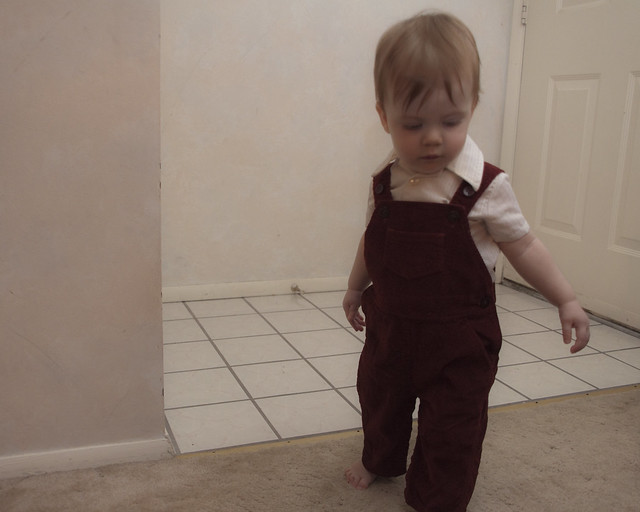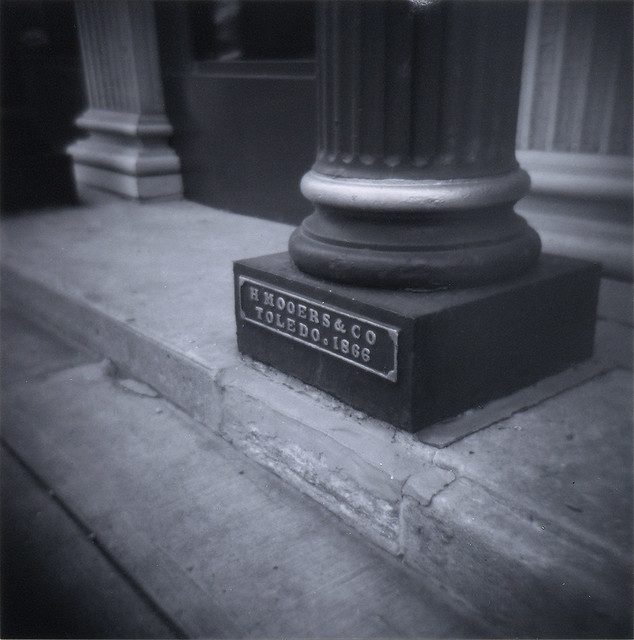A few weeks back, I read on the iPhoneography blog about an iPhone app called Starmatic.
Wait, I thought. Starmatic? As in Kodak Brownie Starmatic camera? As in one of the three Brownie cameras I own and have tested and blogged about?
This is right up my alley. I applied immediately to be in the next round of beta testing. I then ordered some color 127 film to run through my vintage Starmatic — for future Starmatic camera vs. Starmatic app comparisons, of course.

It just so happens that one morning, as I was leaving for work, I managed to capture the same photo with both my Starmatic and my iPhone. I wanted to post this image to Instagram, but I also thought it would be perfect for film.
On the left is the version I scanned from the negative, with slight tweaks for sharpness and contrast; on the right, the version I uploaded to Instagram (no filter).

Note that the analog image has some softness around the edges, as well as a general “dreaminess” about it (the backlighting has a bit to do with this, I’m sure), with generally low contrast, while the digital image seems excessively contrasty and almost oversharp.
Rest assured that once I get my official invitation to the next round of Starmatic beta testing (which I have been assured that I will receive), I’ll reload this photo onto my iPhone and process it with the app. I’m curious whether the app is intended to accurately reproduce the quality and essence of the Starmatic camera’s images, or whether the developers latched onto the Starmatic name as an overarching symbol of vintage consumer cameras.





